Electromagnetic Interference EMI Investigations and Remediation Solutions
We identify the root cause of your equipment’s malfunction and conduct non-invasive tests and troubleshooting techniques to provide the most appropriate solutions.
Industrial, Scientific, Medical
Solving Medical and Defense Telemetry, RF Communication, Cath-labs, Scientific Test Equipment, Crane Operation, Encoders, Manufacturing Production Equipment, Magnetometers, Film and Recording Equipment, Robotics, AGVs, Autonomous vehicles, and more.
An EMI investigation (Electromagnetic Interference investigation) is a systematic technical process used to identify, characterize, and resolve unwanted electromagnetic emissions or coupling disrupting electronic systems' performance, compliance, or safety.
Purpose of an EMI Investigation
Diagnose the source of unexpected interference in a system or environment.
Trace the coupling path (conducted or radiated) from emitter to victim.
Quantify the EMI in frequency, amplitude, and mode (common or differential).
Determine root cause (e.g., design flaw, grounding issue, shielding failure, poor filtering).
Implement mitigation strategies to restore reliable and compliant operation.
When an EMI Investigation Is Needed
Electronic equipment experiences resets, lockups, or malfunctions.
A product fails EMC compliance testing (FCC, CE, CISPR, etc.).
Communication systems show signal degradation or data corruption.
EMI affects sensitive medical or scientific instrumentation.
Facilities report audible noise, flickering lights, or RF interference.
Ground loops or unexpected current paths cause equipment failure.
EMI causes harmonic distortion, transient spikes, or power quality issues.
Tools Used in an EMI Investigation
EMI Receiver or Spectrum Analyzer (for frequency-domain analysis).
Near-Field Probes (E-field, H-field, current probes for localized scanning).
Oscilloscope with Differential Probes (for waveform analysis and transient capture).
Line Impedance Stabilization Networks (LISNs) (for conducted emissions testing).
Clamp Meters or Current Probes (for ground loop or leakage current detection).
RF Antennas and Directional Couplers (for radiated EMI tracking)
Power Quality Analyzers (for harmonics and switching noise).
Conducted and Radiated Emissions Software (for data logging and comparison to EMC limits).
Typical Steps in an EMI Investigation
Define the Symptoms
Describe the failure modes, operational environment, and system behavior
Identify when and where the issue occurs (e.g., startup, under load, intermittently).
Preliminary Inspection
Inspect PCB layout, cable routing, grounding, shielding, and connectors.
Review wiring and equipment placement relative to power systems and RF sources.
Measurement and Signal Capture
Use a spectrum analyzer and probes to scan relevant frequency ranges
Monitor emissions and transient activity under various load conditions
Determine whether the EMI is radiated, conducted, or coupled.
Source and Coupling Path Identification
Identify the emitting device, switching edge, or parasitic source.
Trace how the interference reaches the victim system (capacitive, inductive, or ground return path).
Root Cause Analysis
Correlate measured EMI to known component behavior (e.g., clock edges, VFD switching).
Match observed EMI to known spectral profiles (e.g., PWM noise, DC-DC converter harmonics).
Mitigation Recommendations
Propose fixes: shielding, filtering, layout changes, grounding strategies
Verify effectiveness using before-and-after measurements
Documentation and Reporting
Provide an EMI report detailing sources, affected systems, test data, and mitigation actions.
Deliverables from a Professional EMI Investigation
Site or system EMI scan results (frequency vs amplitude).
An annotated equipment layout or wiring diagram with emission points.
List of identified emitters, affected devices, and coupling paths.
Photos of test setups and measurement methods.
Suggested design or installation modifications.
Compliance standard references (FCC, CISPR, MIL-STD, etc.).
Post-mitigation verification results (if applicable).
What an EMI Investigation Is Not
It is not a full EMC certification test (though it may simulate one.)
It is not a guarantee of compliance, but a diagnostic tool to enable compliance.
EMI investigations are often reactive and expensive and are not a substitute for good design.

